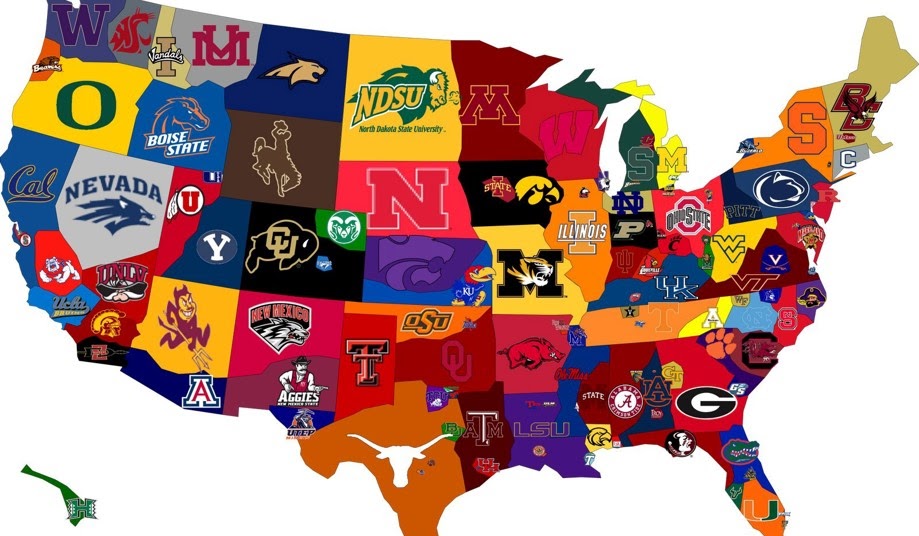










Rank factors that are most important to you.
Low Tuition Cost
Small Class Sizes
City Location
Reasonable Acceptance Rate

Assign factors a percentage of importance to you.
Tuition Cost = 50%
Class Sizes = 25%
Location = 15%
Acceptance Rate = 10%

Assign a scoring system based on your priorities.
Tuition Cost
1 = Not Affordable, 3 = Expensive, 5 = Affordable
Class Sizes
1 = Large, 3 = Medium, 5 = Small
Location
1 = Rural, 3 = Small City, 5 = Large City
Acceptance Rate
1 = Highly Selective, 3 = Selective, 5 = Not Selective

Score colleges of interest against one another.
University of Kentucky
.50(5) + .25(1) + .15(3) + .10(5) = 3.7
Notre Dame University
.50(3) + .25(5) + .15(1) + .10(3) = 3.2
Harvard University
.50(1) + .25(5) + .15(3) + .10(1) = 2.3
University of Arizona
.50(5) + .25(1) + .15(5) + .10(5) = 4.0

Safety Schools - High likelihood of acceptance.
Target Schools - Most likely will be accepted.
Reach Schools - Small likelihood of acceptance.
Balance your applications between these types of colleges. Keep your options open. Play it safe while also aiming high.